
If you don’t know how to choose the best coffee beans, then you’re missing out of the uninhibited flavors, natural sweetness and lower acidity of cold brew coffee. Cold brew is famous for extracting the best flavor from your coffee beans. It is the quality of your coffee beans that have the most significant effect on the taste of your cold brew coffee.
To be clear…
What is cold brew coffee?
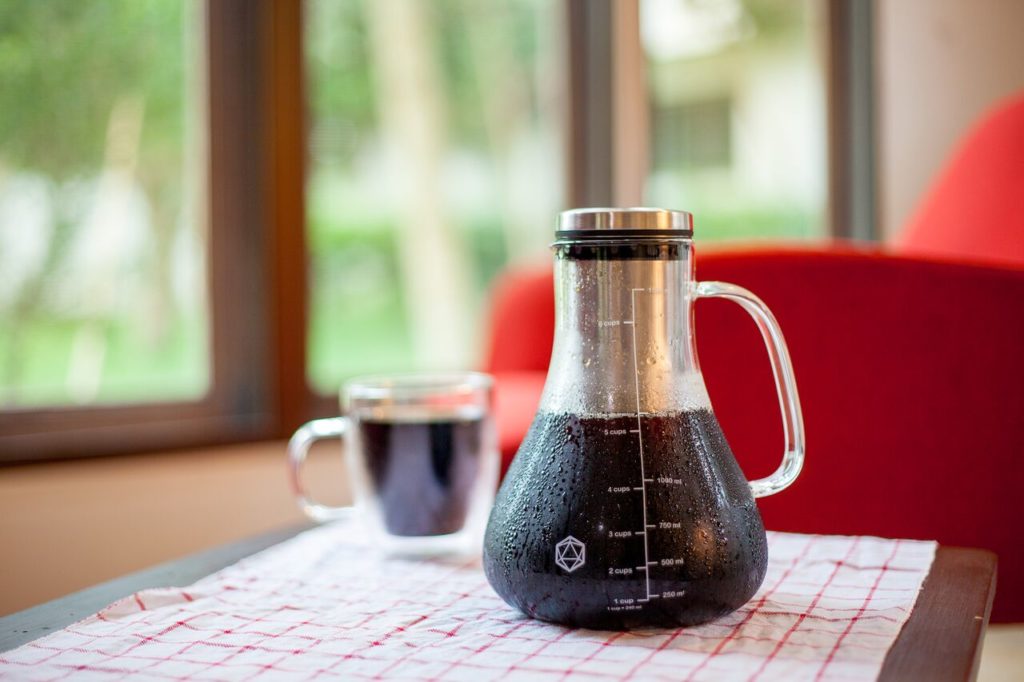
Well, If you thought cold brew coffee is hot coffee poured over ice, you’ve been cheating yourself out of the real deal.
Cold brew coffee is coffee brewed with cold water–or water set at room temperature.
Think of it as ground coffee beans soaked in cold or room temperature water and allowed to steep for about half a day or more.
The result, when strained and served, is cold brew at its finest with all the flavors and sweetness intact.
However, as we mentioned earlier, the flavor of your cold brew still comes down to the quality of your coffee beans.
So from choosing the right coffee beans, to let you in on what to do to store your coffee beans to retain its flavor, here’s how to pick the best beans for the cold brew.
Go for fresh, whole beans
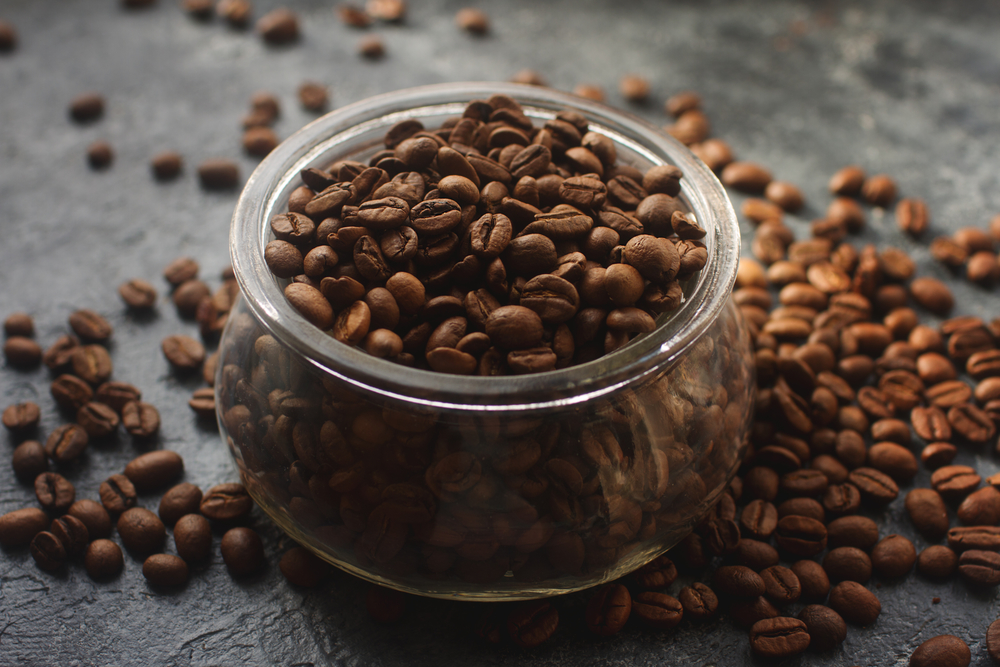
Yes, always go for fresh, whole beans.
While pre-ground coffee is convenient, it begins to lose its flavor in less than thirty minutes as it releases carbon dioxide and absorbs oxygen, in a process called oxidation — the same process that turns apples brown.
And when your ground coffee goes through this process, it mutes its natural flavor and becomes stale with a bitter aftertaste.
So it’s best to go for fresh, whole coffee beans and grind your coffee beans a few minutes before brewing to preserve its yumminess.
We know what you’re thinking… “how do I know my whole coffee beans are fresh?”
See the next step.
Check the Roast Type
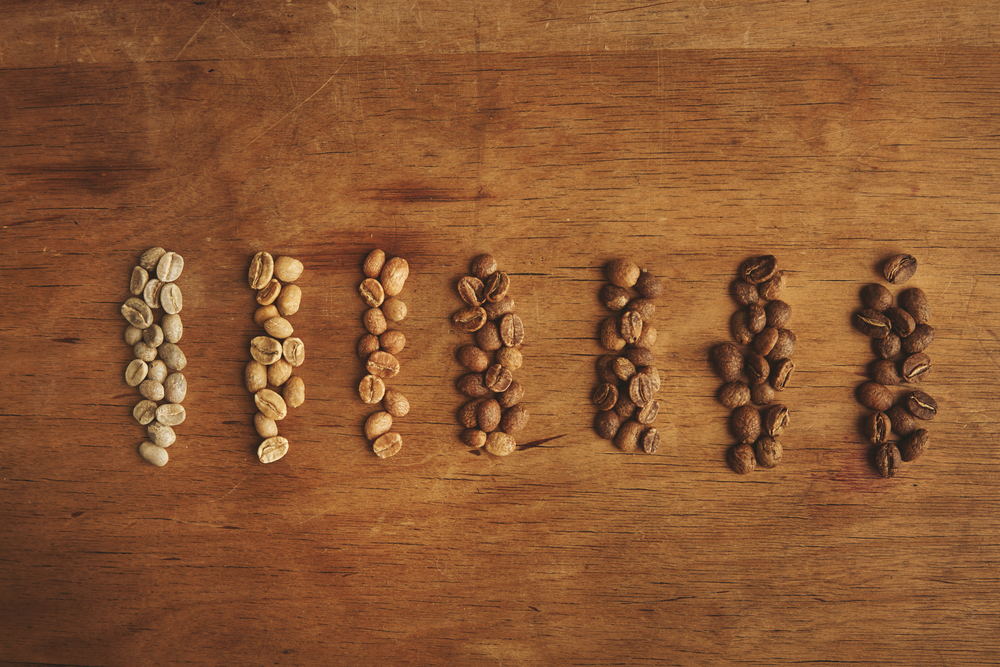
How your beans were roasted also contributes to the final flavor of your coffee.
Light roasts give room for the flavors of the bean to be retained as the seeds are not exposed to excessive heat. Light roasts when ground and brewed almost immediately make your cold brew creamy to taste. Lighter roasts also tend to bring out the fruity notes and juicy mouthfeel of the coffee.
Medium roasts have a more straightforward flavor and can possess a shiny layer of oil on the bean surface. These roasts are most common for a cold brew and are quite popular in North America. It is the most widely preferred roast due to its proper blend of bean flavor and roasted flavor.
Dark roasts are characterized with a burnt taste in the brew and are typically used for making espresso. The roasted flavor dominates the coffee made out of dark beans along with a creamy texture which leaves your cold brew tasting unpleasantly bitter. Some people enjoy the bitter taste of dark roasts, and often add sweeteners and creamers to their cold brew to complement the bitterness.
Roast Medium
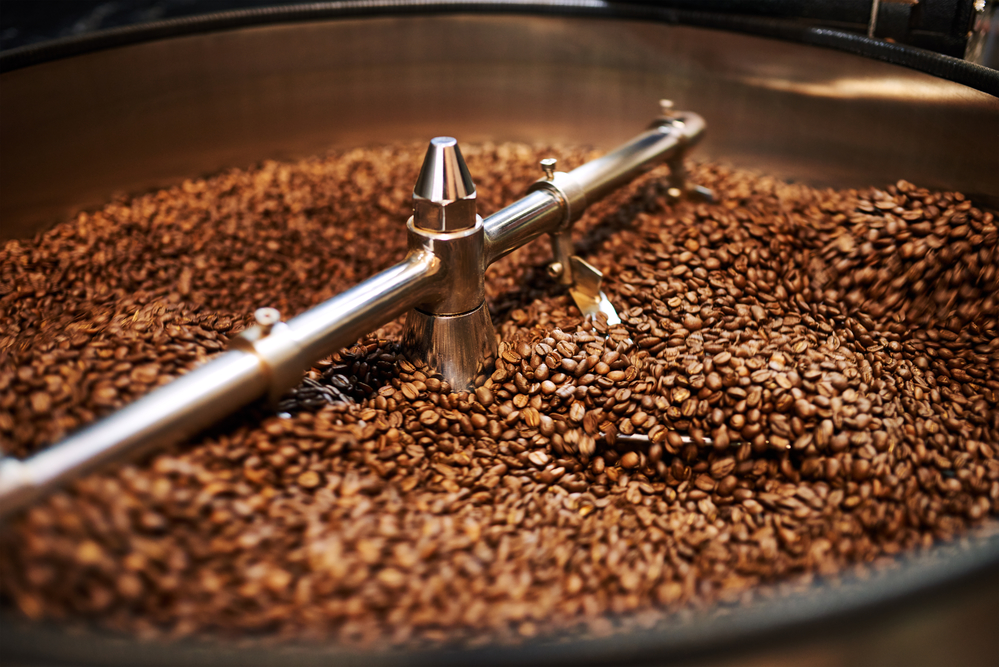
The roast medium (i.e. the roasting method) is yet another factor that affects the flavor of your coffee beans.
Drum roasting is cheaper, faster and can cover a more substantial amount of beans each time. This is typical for commercial large batch roasts because the rotating drum can accommodate more beans. But the transfer of heat in the drum medium is quite severe and can impart a bitter taste in the beans. There’s also the slight case of not knowing when all the beans are evenly roasted.
For smaller batches, air roasting is more common amongst home roasters. The process calls for regular monitoring until the right changes are observed. This method is, however, more expensive and requires much more expertise to execute effectively.
When it comes to the impact on flavor, the primary difference between these two roasting methods is that air roasting tends to give coffee a higher acidity with ‘brighter’ tasting notes, lighter mouth feel and less body. Whereas with drum roasted coffees, there tends to be less distinct flavor notes, but richer, heavier mouthfeel.
Roast Date
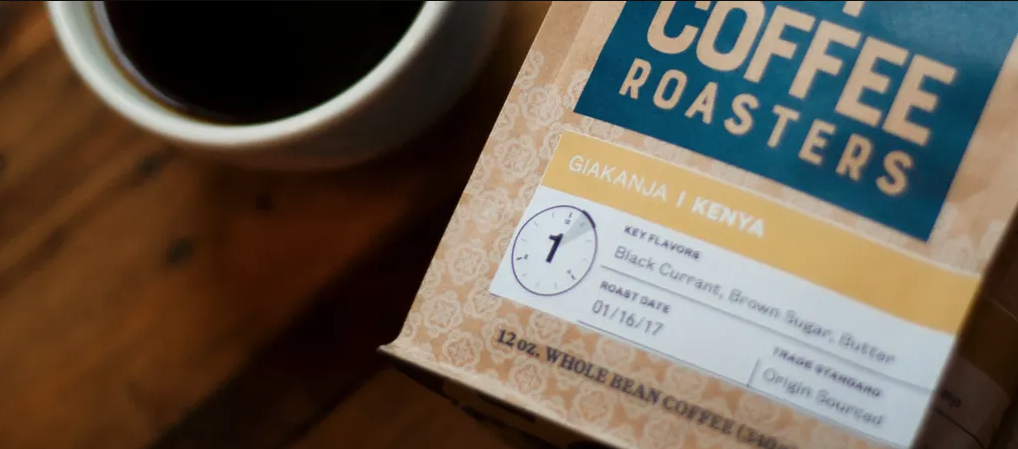
While you may pass on knowing the roast medium, the roast date is one piece of information you can’t miss.
It’s often written on the label of the coffee beans package. The roast date is important because a year-old coffee won’t taste remotely as good as freshly roasted beans.
The reason is that roasted beans quickly undergo degassing–a process whereby the roasted beans release carbon dioxide from the roasting process. When this happens, the flavor of the beans starts to decline.
A good roast time range to extract the purest of flavors for cold brew is within a week of roasting and not later than two weeks. Within 30 days is acceptable as well, but don’t push it past 30 days or you’ll risk brewing a bland cup of cold brew.
Single Origin or Different Blends?
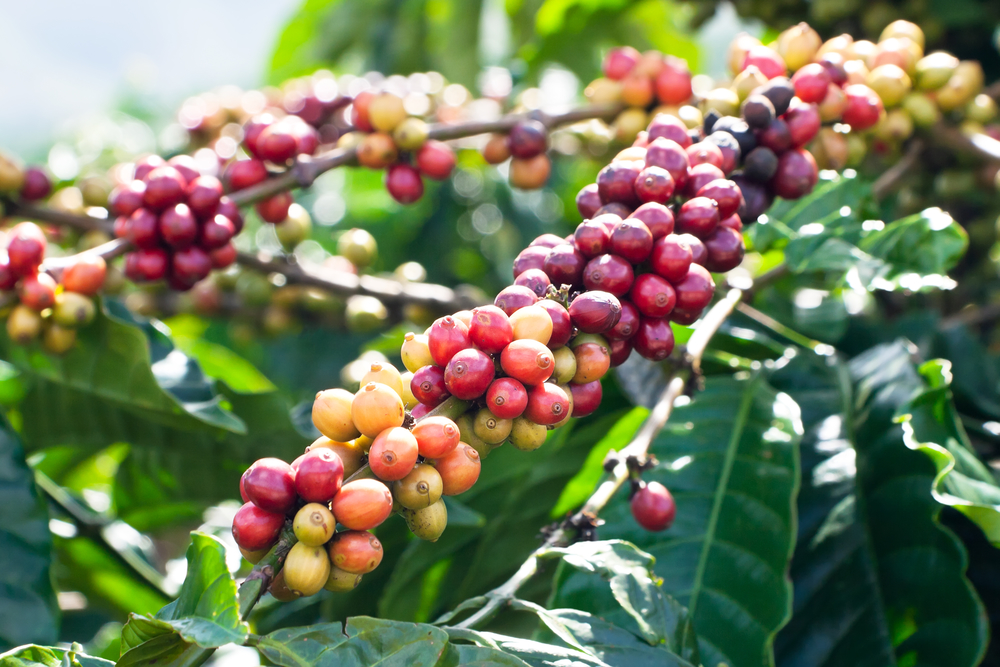
The need to differentiate between these two options lays solely on your taste and preferences – and quite frankly, your budget. Single origin coffee beans are more expensive when compared to a blend of coffee beans.
Single origin coffee refers to the fact that it was cultivated and harvested from a single geographical location, from just one farm.
So, if you are going with the Arabica bean, for example, a single origin Arabica brew can mean you are focused on a particular predictable taste, flavor, and texture.
Blends of coffee in your cold brew could see you combining the Arabica and Robusta bean, for example, possibly different roast types, or even beans with origins from different countries. Whichever you choose, there is no harm in trying out a blend of coffee beans from different origins.
Get started with Cold Brew
Now that you know just how to choose the best beans for your cold brew coffee, are you ready to try it out?
Grab the Arctic Cold Brew Coffee System to start brewing in four easy steps.





No Comments